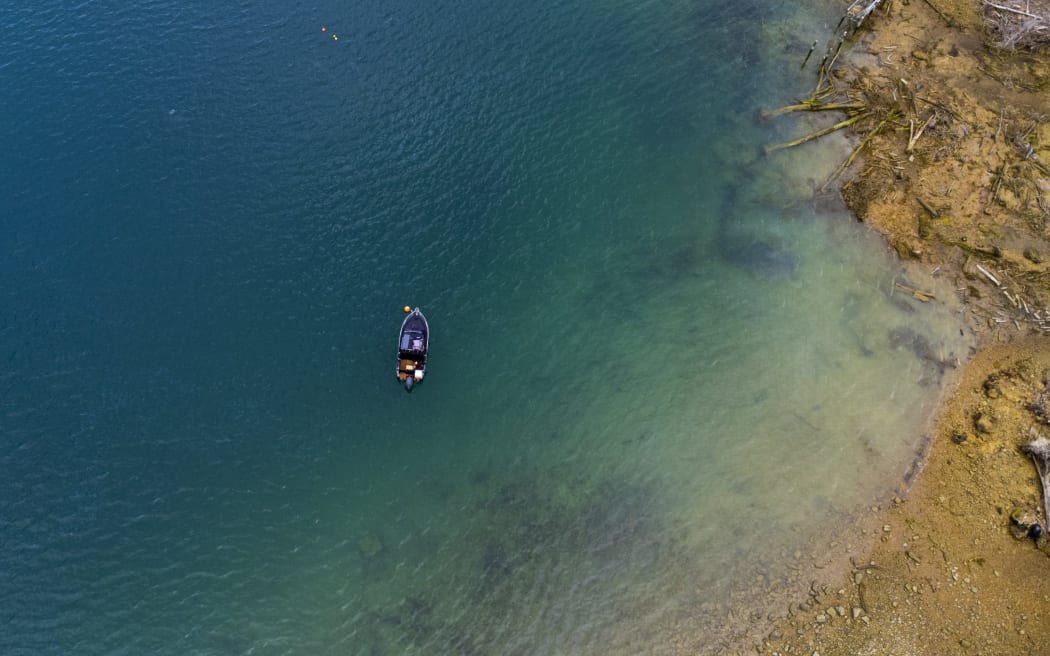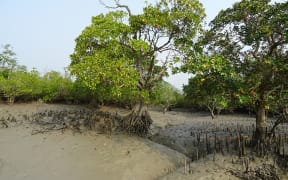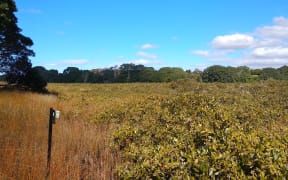
Seagrass can be found in areas across Marlborough. Photo: LDR / Stuff
A seagrass still found in the Marlborough Sounds is in global decline and many don't know of its importance, a coastal scientist says.
Marlborough District Council coastal scientist Jorgia McMillan said while undertaking an estuary science programme the coastal team had spoken to quite a few landowners who did not know what seagrass was and why it was important.

"Around the world there is around 50 to 60 species of seagrass, but here in New Zealand we only have one, called Zostera muelleri," McMillan told the council's environment and planning committee last week.
"Some people might think it's an algae, or a seaweed, but it's actually a marine flowering plant, which creates these underground river networks that enables it to form these large beds.
"Seagrass is intertidal and a subtidal species, however, New Zealand and the rest of the world have seen huge declines in the subtidal seagrass beds."
The Marlborough Sounds was one of the final places in New Zealand where subtidal seagrass could be seen.
McMillan said seagrass found in the Marlborough Sounds was a really positive indicator of a healthy estuary, and showed biodiversity hotspots and beds acted as an effective carbon sink.
"It provides nursery habitats for a number of species such as crabs, snails, worms and a range of juvenile fish.
"But unfortunately it is one of the first species to be impacted by climate change."
She said research had shown that seagrass captured carbon at a rate 35 times faster than tropical rainforest, and accounted for 10 percent of the ocean's carbon burial.
"Therefore it is one of the most important natural solutions to the climate change crisis that we're facing.
"Unfortunately, seagrass is really vulnerable to changes in its environment and human-caused stressors.
"We are seeing a temperature rise in Pelorus and Queen Charlotte and this is really affecting the seagrass, as obviously in these areas where it's found, there's not a lot of ocean circulation to keep it cool."
Human activities could also damage the plants.
"Things like trampling and anchoring can leave huge scars on the seagrass beds, and can kill off large areas."
Environment and planning committee iwi representative Ruihana Smith said some whānau had put up their own signs to stop people walking on seagrass in the Sounds.
"Seagrass, we call it rimurehia, it's a taonga (treasure), and we use it as an indicator species for things like mahinga kai, and the same thing, overall health," Smith said.

Seagrass prevalence has been declining worldwide, but it can still be found in Marlborough. Photo: Supplied / Greater Wellington Regional Council
He asked if the council had its own signs or planned to introduce any.
McMillan said they planned to do it in the next financial year.
Marlborough Sounds ward councillor Barbara Faulls asked if seagrass could be grown and then transplanted.
Faulls said as a child she used to go to Davies/Umungata Bay in the Sounds, where the seagrass looked to have "receded significantly".
McMillan said she had "deep dived" into transplanting.
"Cawthron are carrying out a five-year project to try and see if they can transplant into areas that it has been seen before," she said.
The coastal team had plans to provide a state of the environment report for each of the estuaries in the Marlborough Sounds so they could build a long-term trend on the presence of seagrass in the coastal marine area.
"We will start to look at restoration and the shoreline protection programmes in a few of these estuaries," McMillan said.
They also hoped to work on community outreach, and continue monitoring seagrass with consultant organisation Salt Ecology.
LDR is local body journalism co-funded by RNZ and NZ on Air.




